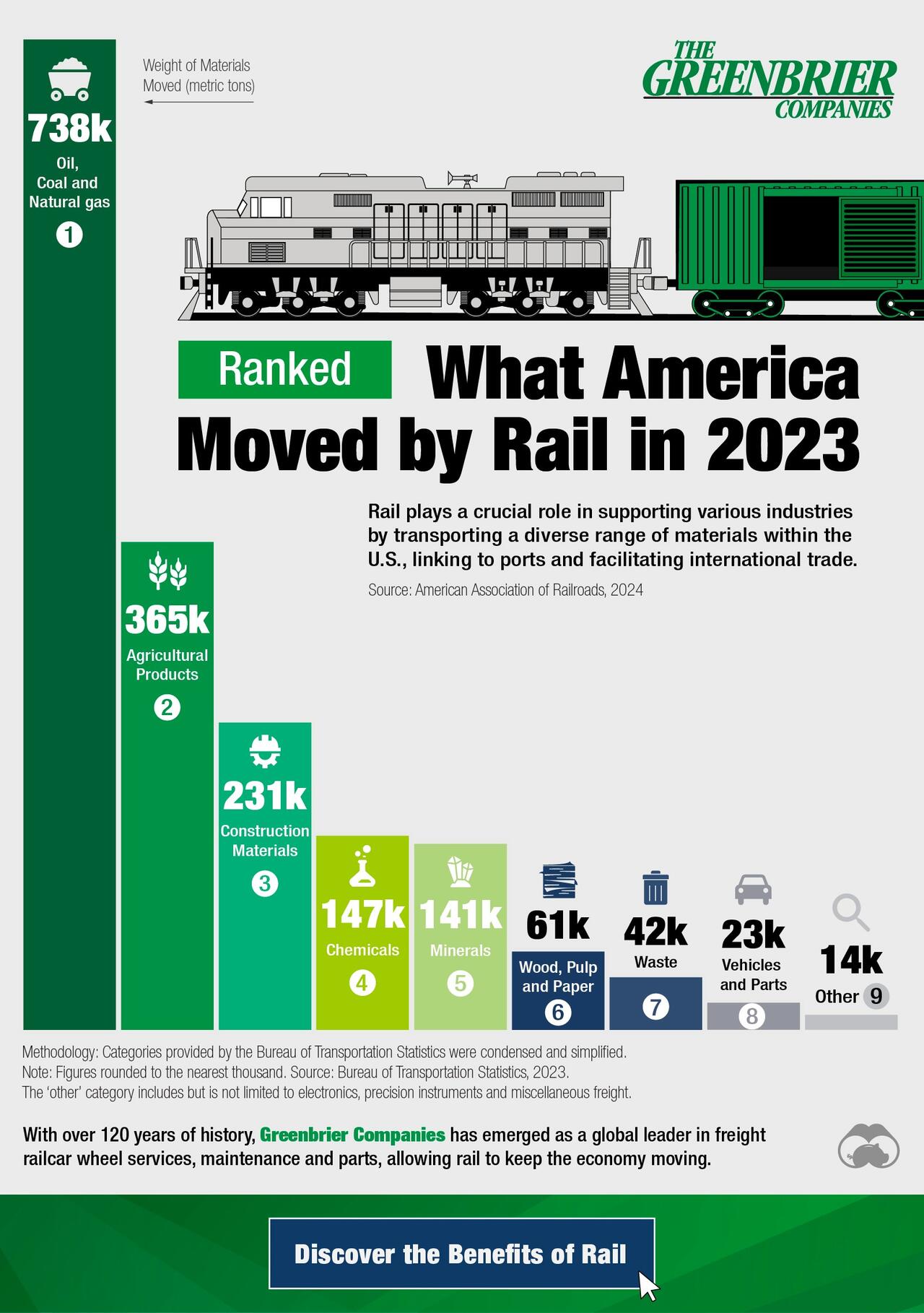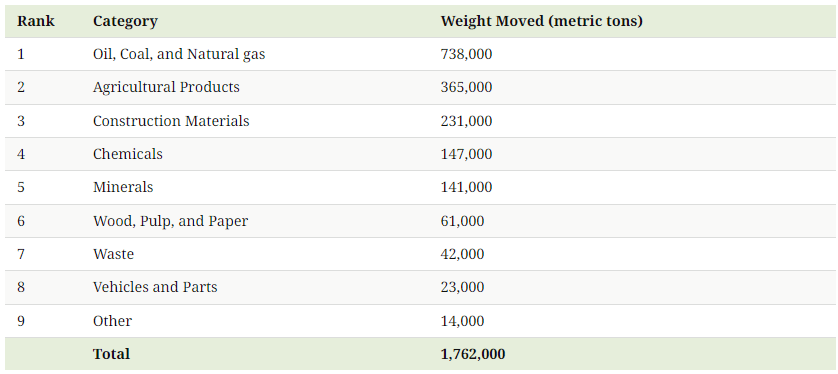Coral reef destruction a threat to human rights
A human rights-based approach to coral reef protection could ensure governments are held to account for safeguarding marine ecosystems.
image:
Bajo village in Indonesia is reliant on healthy coral reefs for subsistence and way of life.
view moreCredit: Dr Emma Camp
A human rights-based approach to coral reef protection could ensure governments are held to account for safeguarding marine ecosystems and empower local and Indigenous communities to demand sustainable solutions and climate justice, a new study suggests.
An estimated one billion people rely on healthy coral reefs globally for food security, coastal protection and income from tourism and other services. If reefs and their ecosystems are lost, the impact on human health and economic wellbeing would be catastrophic.
Lead author, Dr Emma Camp from the University of Technology Sydney (UTS), said the window of opportunity to conserve coral reefs is rapidly closing and despite numerous protective measures, coral reefs around the world continue to degrade.
“2024 marks the fourth global coral bleaching event impacting more than 50% of the world’s coral reefs, as well as other stressors such as pollution. This is an urgent reminder that the loss of coral ecosystems negatively impacts both humans and nonhumans,” said Dr Camp.
“Implementing coral reef conservation through a human rights-based approach will provide a practical path towards a much-needed transformation of local, national, and international governance, while also highlighting the human side of coral loss,” she said.
The article, Coral reef protection is fundamental to human rights, published in the journal Global Change Biology, is a cross-disciplinary collaboration with School of Law, University at Buffalo, The State University of New York, University of Konstanz, and UTS experts in law and science.
In 2022 the human right to a clean, healthy and sustainable environment was affirmed by the United Nations General Assembly. Human rights globally are under threat from intensifying climate change, pollution and biodiversity loss.
Professor Christian Voolstra, a co-author and the elected President of the International Coral Reef Society said: “The recent Intergovernmental Panel on Climate Change report stated with high confidence that even at 1.5 °C warming, a mark that we might have already missed, the majority of warm-water coral-dominated systems will be quasi non-existent.
“We consequently need to think differently about reef conservation and how we fast-track to try and protect these critical ecosystems for current and future generations."
“In other fields, applying a human-rights based approach to environmental protection has advanced both social and environmental conservation,” said co-author Dr Genevieve Wilkinson from UTS Law, a founder of the Australian and Aotearoa New Zealand Economic, Social and Cultural Rights Network.
“A rights-based approach embeds non-discrimination, empowerment and participation so that litigation is not the only available avenue for participation and empowerment of vulnerable rightsholders. States must be accountable to obligations to protect human rights and find just solutions.
“A human rights-based approach to coral reef protection is an important opportunity to expedite reef protection while simultaneously advancing climate justice for humans and non-humans,” said Dr Wilkinson.
The study highlights the 2022 decision in Billy v. Australia, which was the first successful climate litigation framed through the language of rights before this body.
“The case was submitted by a group of eight Torres Strait Islanders, and six of their children. It demonstrates how states’ failure to effectively address climate change can threaten the human rights of low-lying reef nation inhabitants who rely on healthy coral reefs to ensure their way of life.
“Coral bleaching and its damaging impact on crayfish habitats were specifically identified as a harmful climate change impact by the Human Rights Committee,” said Dr Wilkinson.
“The Committee determined that failure to implement adequate climate change adaptation measures by the Australian Government violated the Torres Strait Islander inhabitants’ rights to culture and to private and family life, contrary to the International Covenant on Civil and Political Rights,” she said.
The triple planetary crisis of climate change, biodiversity loss, and pollution has been described by the United Nations’ High Commissioner for Human Rights as the greatest future challenge facing human rights globally.
Journal
Global Change Biology
Method of Research
News article
Subject of Research
People
Article Title
Coral reef protection is fundamental to human rights
Article Publication Date
27-Sep-2024



